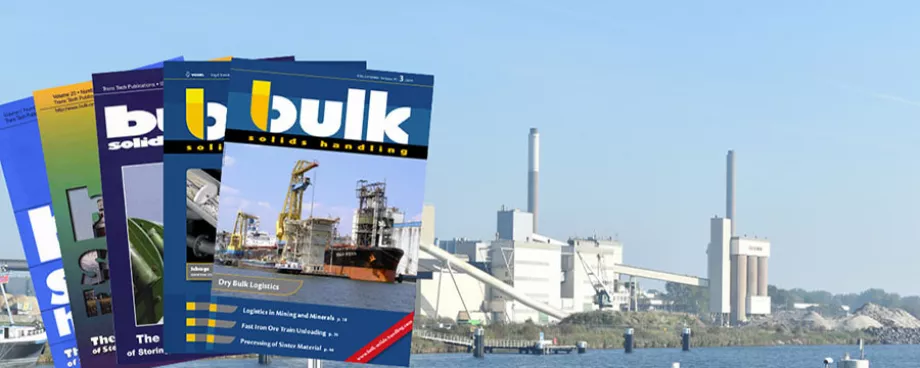Historically in the eastern and mid-west regions of North America coal-fired power plants were constructed to burn high sulfur bituminous coal. This type of coal contains sulfur in the 2% to 5% range and has a heating value above 12,000 Btu/lb. High sulfur, bituminous coal supply. in the United States comes primarily from the Appalachian region and the Illinois area.
The Monroe Power Plant of Detroit Edison Company located on Lake Erie at Monroe, Michigan has four 7&J MW turbine generators, powered by four 3600 psig steam generators each rated at 5.7 million lb/h. When the plant was conceived in the mid-sixties the logical choice was to fuel the steam generators with Appalachian high sulfur coal de'livered by unit trains.
By the time the plant was completed and the fourth turbine came on line in late 1973, environmental concerns began to take on added importance to society and to state agencies and power utilities in particular. In 1976 faced with the task of meeting increasingly stringent sulfur dioxide emission standards, Detroit Edison, by agreement with the Michigan Air Pollution Control Commission decided to bum increasing proportions of low sulfur coal, blended with high sulfur coal, as the primary means of reducing the SO2 emission to 3.68 lb/million Btu by 1980 and to 1.6 lb/million Btu by 1985.
Low sulfur, bituminous coal with 0.8% sulfur and 12,000 Btu/lb heating value was available from eastern suppliers at premium cost. Low sulfur, sub-bituminous coal with 0.4% to 0.8% sulfur and 8,000 to 9,500 Btu/lb heating value was also available from western mines via the Burlington Northern Railroad and Great Lakes vessels. Blending an increasing percentage of the western coal with eastern high and low sulfur coals offered economic advantages in spite of its low heating value. Consequently, Detroit Edison decided to construct a new coal handling facility integrated with the existing system, to receive coal by ship and by rail, and to stockpile reclaim and blend the three types of coal in the proportions required to feed approximately 10 million tons per year to the plant.
Following initial conceptual studies, Bechtel was engaged to perform engineering procurement and construction management services for the project.
This article covers features and concepts incorporated in the design directed towards achieving high availability through system flexibility maintainability, simplicity, and application of proven features of modem bulk materials handling technology.
■







